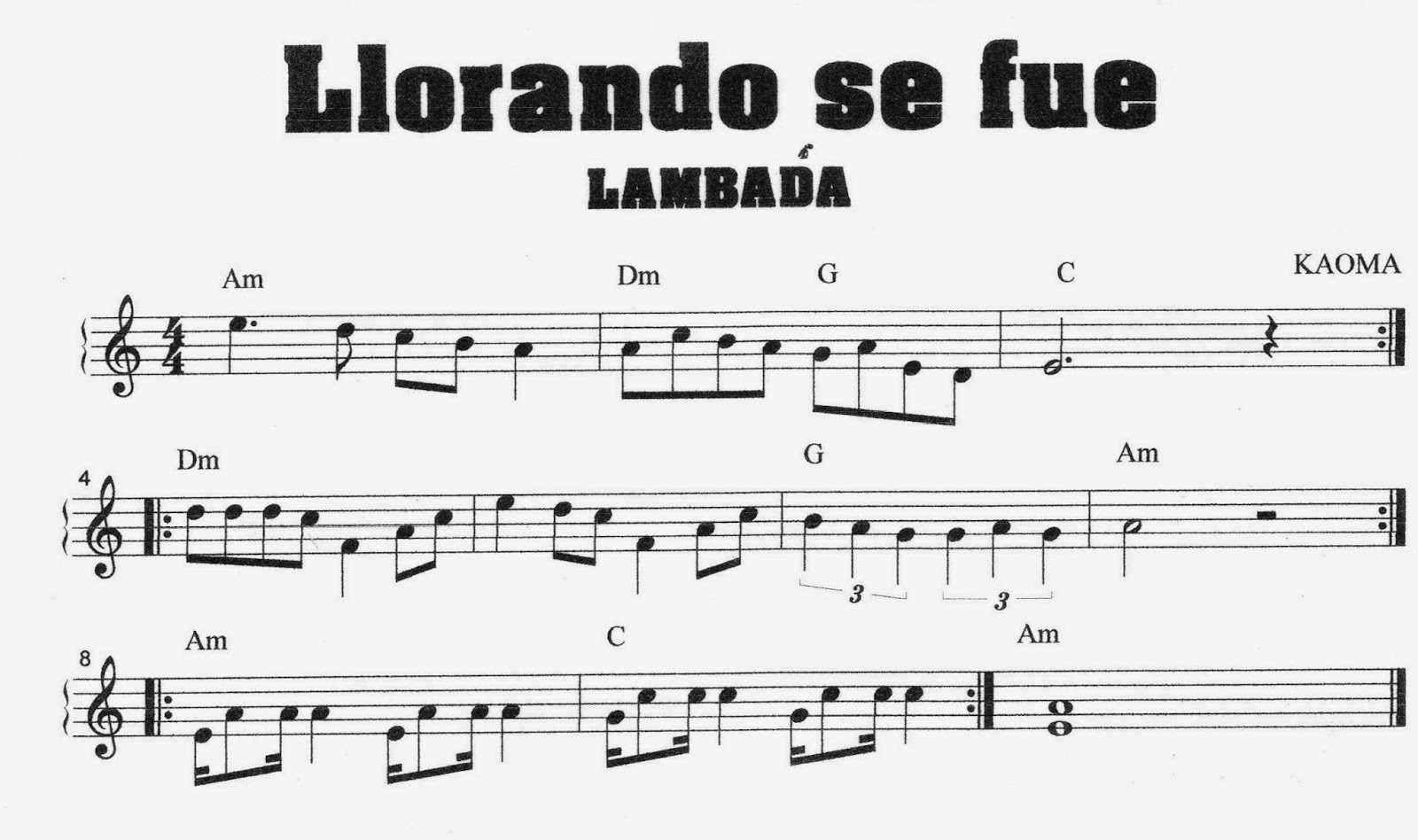Llorando Se Fue: A Melodic Journey Through Heartbreak And Resilience
Llorando se fue is not just a phrase; it resonates with emotions and experiences that many can relate to. This expression, which translates to "Crying, she left," encapsulates the profound sense of loss and longing that accompanies farewells. Whether through the lens of music, literature, or personal stories, the theme of crying as one departs speaks to the universal human experience of heartbreak. In this article, we delve into the origins, significance, and cultural impact of "Llorando se fue," exploring why it continues to strike a chord with audiences worldwide.
The phrase "Llorando se fue" has permeated various aspects of popular culture, particularly in music, where it gained fame through a haunting melody that captures the essence of sorrow. The song's poignant lyrics reflect the pain of parting and the memories that linger long after someone has left. The emotional weight behind the words is what makes it timeless, allowing listeners from different backgrounds to connect with their own experiences of loss. As we journey through the narrative of "Llorando se fue," we will uncover its rich history and emotional resonance.
In this exploration, we will also discuss the artists who have brought "Llorando se fue" to life, the different interpretations of its meaning, and its lasting legacy across generations. By understanding the depth of this phrase, we can appreciate how it encapsulates the complexities of love, loss, and the human spirit's resilience. Join us as we unravel the story behind "Llorando se fue," a phrase that continues to evoke tears and memories in those who hear it.
What is the Origin of "Llorando Se Fue"?
The phrase "Llorando se fue" originated from the song "Llorando," which was famously performed by the Bolivian group Los Kjarkas in the 1980s. The song became an anthem of heartbreak, resonating with many who have experienced the pain of separation. The melody, coupled with the heartfelt lyrics, has led to various interpretations and adaptations across different musical genres.
Who Are the Key Artists Associated with "Llorando Se Fue"?
Several artists have covered "Llorando se fue," each adding their unique flair to the song. Notable renditions include those by:
- Los Kjarkas
- Mercedes Sosa
- Julio Iglesias
- La Sonora Dinamita
These artists have helped to popularize the song globally, ensuring that its emotional message reaches diverse audiences.
How Has "Llorando Se Fue" Influenced Music and Culture?
The influence of "Llorando se fue" extends beyond music; it has impacted various cultural contexts. The song is often played at weddings, funerals, and other significant life events, marking the moments of joy and sorrow. Its presence in popular culture highlights the importance of music as a vehicle for expressing complex emotions.
What Are the Themes Explored in "Llorando Se Fue"?
The themes of "Llorando se fue" revolve around love, loss, and nostalgia. The lyrics evoke a sense of yearning for someone who has departed, emphasizing the emotional struggle of moving on. These universal themes resonate with listeners, making the song a timeless classic.
How Do Personal Experiences Shape the Interpretation of "Llorando Se Fue"?
Listeners often bring their personal experiences to the interpretation of "Llorando se fue." The song's relatability allows individuals to connect their stories of love and loss to its poignant melody. This connection serves as a reminder of the shared human experience, fostering empathy and understanding.
Are There Any Notable Covers of "Llorando Se Fue"? What Makes Them Unique?
Numerous artists have put their spin on "Llorando se fue," each bringing a unique interpretation to the song. For example:
- Mercedes Sosa's rendition adds a folk touch, emphasizing the song's emotional depth.
- Julio Iglesias incorporates romantic elements, appealing to a broader audience.
- La Sonora Dinamita infuses a lively cumbia vibe, making the song danceable while retaining its emotional core.
These diverse interpretations showcase the song's versatility and its ability to resonate across different musical styles.
What Is the Legacy of "Llorando Se Fue"? How Does It Continue to Resonate Today?
The legacy of "Llorando se fue" is evident in its continued popularity and relevance. The song's themes of love and loss remain pertinent in today's world, allowing it to transcend generations. As new artists continue to cover the song, its emotional impact remains strong, ensuring that "Llorando se fue" will be cherished for years to come.
Can "Llorando Se Fue" Be Considered a Cultural Phenomenon?
Indeed, "Llorando se fue" can be regarded as a cultural phenomenon. Its ability to connect with audiences on an emotional level has solidified its place in music history. The song serves as a reminder of the power of music to convey complex feelings and unite people through shared experiences of love and loss.
| Personal Details | Bio Data |
|---|---|
| Name | Los Kjarkas |
| Origin | Bolivia |
| Genre | Folklore and Latin Music |
| Active Years | 1970s - Present |
| Notable Works | "Llorando," "La Llamerada," "El Altar," "El Condor Pasa" |
In conclusion, "Llorando se fue" is more than just a song; it is an anthem of heartbreak and resilience that has touched the hearts of many. Its rich history, cultural significance, and emotional depth continue to resonate with audiences, making it a timeless piece of art. As we reflect on the themes and stories encapsulated in "Llorando se fue," we are reminded of the power of music to heal and connect us through our shared experiences of love and loss.
Unveiling The Magic Of When We Were Young Festival 2024
Discovering Greenberg Realty In Grand Forks, ND
Exploring The World Of Instagram Emily Horwath


